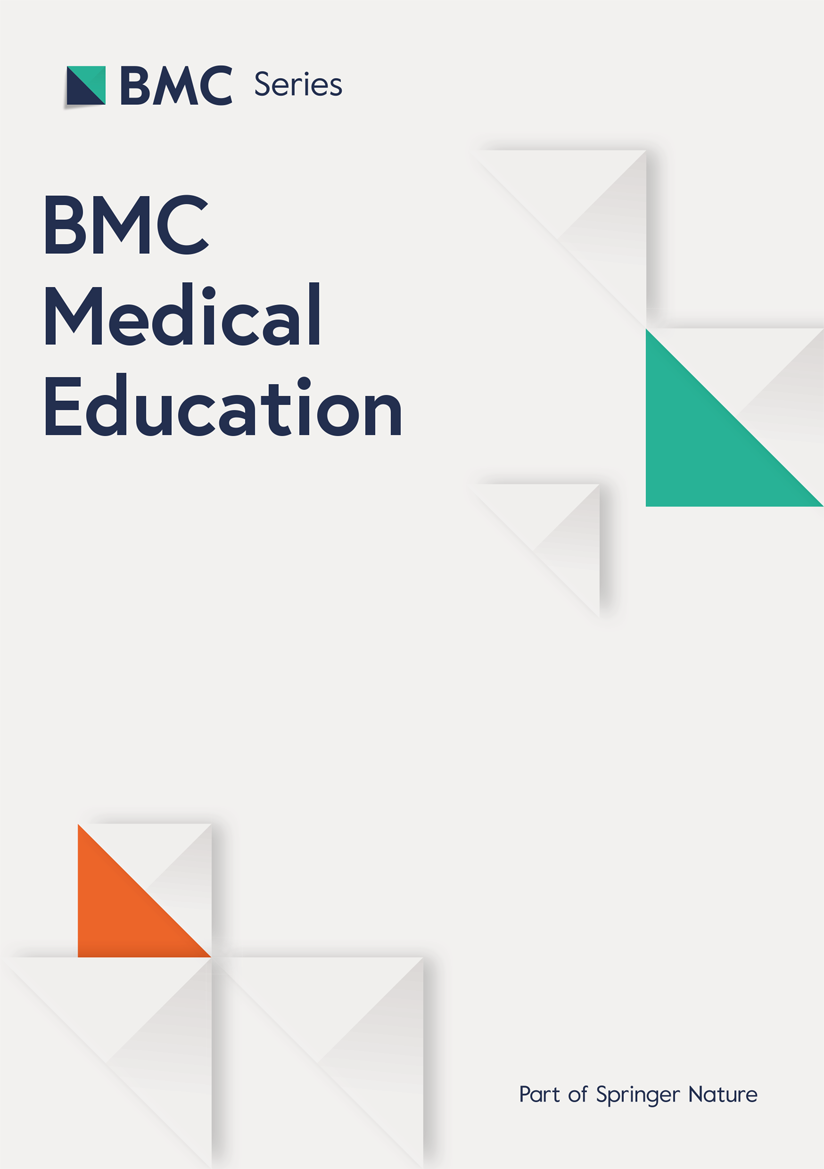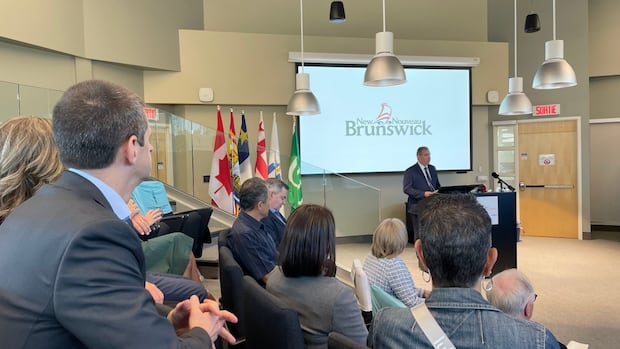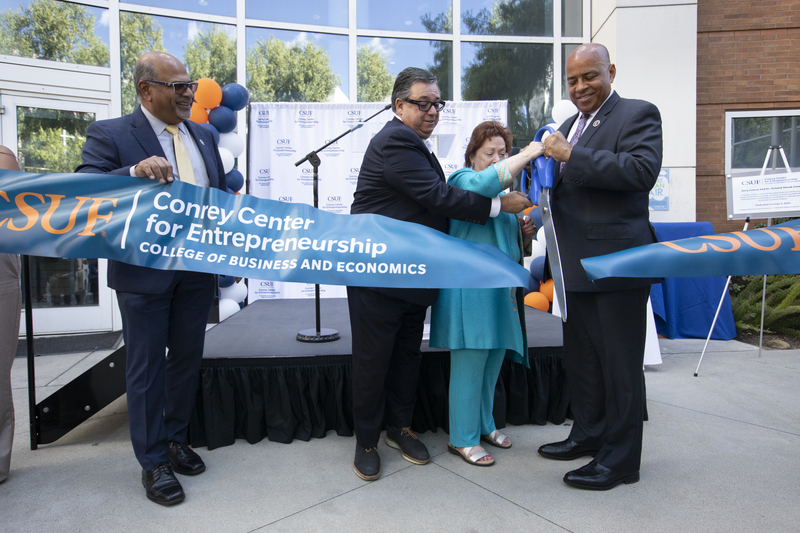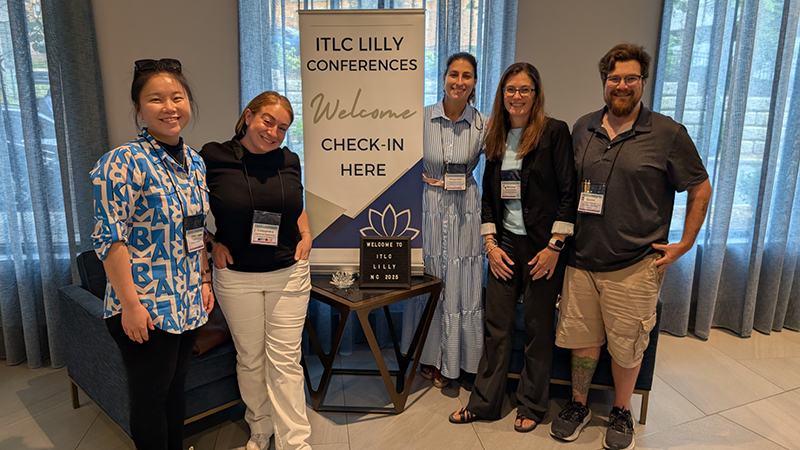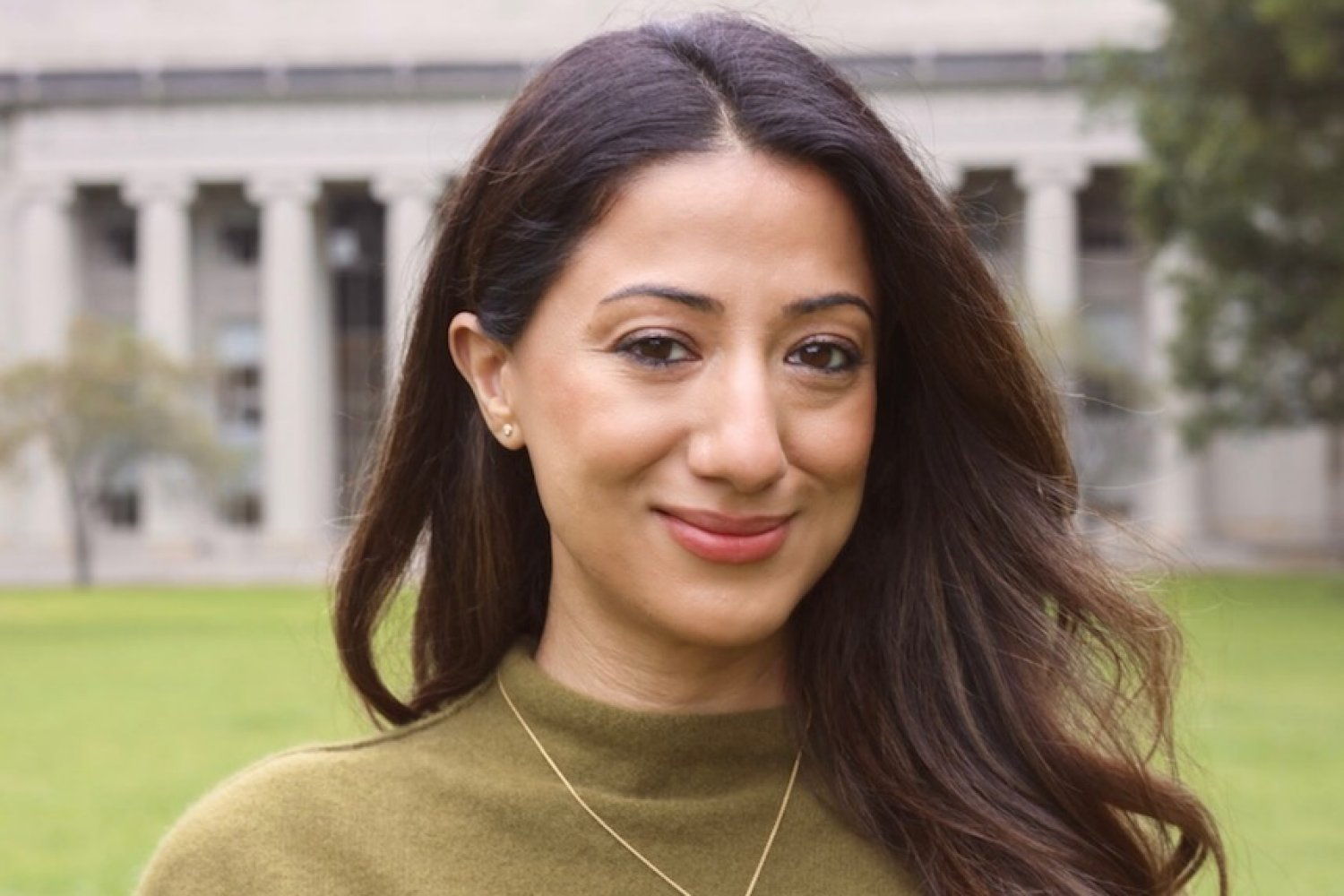UCalgary found solutions to physician shortage prove tough to actualize

After looking through 16 years of Alberta physician history, Dr. Braden Manns, MD, UCalgary School of Medicine professor, found major areas of concern in Alberta’s current physician shortage, and some easier-said-then-done solutions.
One of the University of Calgary’s Cumming School of Medicine’s strategic priorities has been understanding the current health system’s shortcomings and the types of staff and physicians you need to optimize it, according to Manns.
“We knew that we had shortages of different types of physicians, for instance, anesthetists and family physicians, but we didn’t fully understand why we were seeing such a shortage of family physicians,” he said.
Through studying 16 years of anonymized health records and information for adults in Alberta, Manns and his team found that family physicians are seeing more complex cases, working 10 per cent fewer days in clinic, seeing 10-15 per cent fewer patients each day and less likely to be trained in Canada.
“Family physicians work about 10 per cent fewer days in clinic. That doesn’t mean they’re not working, they might be working in a hospital, they might be doing sports medicine, they might be working in a walk in clinic, but they spend about 10 per cent fewer days working as a family physician,” Manns said.
“Twenty years ago, about six per cent of family physicians had been trained in a low-to-middle-income country, now it’s about 18 per cent. So, we’ve seen a huge influx.”
Canada’s healthcare education system hasn’t done a great job of training and retaining physicians, according to Manns, a similar issue seen across healthcare workers as a whole.
“Because of that, we’re recruiting them into the country.”
The study also found that as a whole, Albertans are getting older, leaving physicians to deal with higher rates of chronic diseases, more mental health challenges and more substance-use problems than before.
Building stronger care teams, including nurses, dietitians and social workers and making family medicine more appealing to health professionals were among Manns’ potential solutions to the province’s at-risk healthcare system, but most have proven difficult to implement.
Separated faculties prove cumbersome for team training
The school of medicine educates students in the importance of multidisciplinary teams, but cannot implement widespread training due to UCalgary’s pre-separated faculties.
“We are a faculty of medicine, not a faculty of health sciences, and there’s a separate faculty of nursing and social work, we don’t have a dentistry program, we don’t have a pharmacy program here,” said Todd Anderson, Dean of The Cumming School of Medicine.
“But what we do is we educate the students in the importance of the multidisciplinary team. We have interprofessional education sessions where the students work together with nurses and also with therapists.”
The University has successfully implemented a curriculum addressing the complexity of patient cases, according to Anderson.
“We’re now in our third year of this. The curriculum for the medical students is being taught by primary care physicians, as opposed to sub specialists,” he said.
“They learn in a sequential or spiral fashion, so they learn the basics and then they learn more complicated things and they’re getting exposure to role models like primary care physicians right off the bat, who can tell them what life is like out in practice.”
As part of the distributed medical education model, some students will be training outside of Calgary, beginning in July 2026.
“We’re going to have 20 students do all of their training in Lethbridge and then in rural and regional and then 30 students the following year,” Anderson said.
“If we want to train people in primary care, to show them what it’s like and we want them to stay locally in their communities, the best thing is to take students from those communities, train them completely there and establish roots in their life.”
Anderson said they can only do so much as a medical school, the rest of it is what the province needs to do to make it attractive for family docs to be in Alberta.
“We’re never going to train enough physicians to meet the needs,” he said.
Through initiatives like the Primary Care Physician Compensation Model (PCPCM), the Government of Alberta says it will continue to make the province one of the best places to practice medicine in Canada, while also increasing access to family physicians for all Albertans.
The spring 2025-launched PCPCM was co-developed with the Alberta Medical Association (AMA) and is an alternative way of compensation for family physicians and rural generalists that moves away from the traditional fee-for-service model.
“It will be the first family physician-focused compensation model of its kind in Alberta. It is a blend between what is paid through the traditional fee-for-service model and elements of existing Clinical Alternative Relationship Plans (ARPs),” the government’s PCPCM webpage reads.
Doctor compensation is based 40 per cent on patient encounters, 40 per cent on time spent on direct patient care, indirect care and practice management and 20 per cent on complexity-adjusted panel payments, according to the AMA website.
Among the criteria to qualify for a PCPCM application, Alberta doctors must have a minimum PCPCM panel size of 500 and work 400 hours of service over 40 weeks of the year.
link



